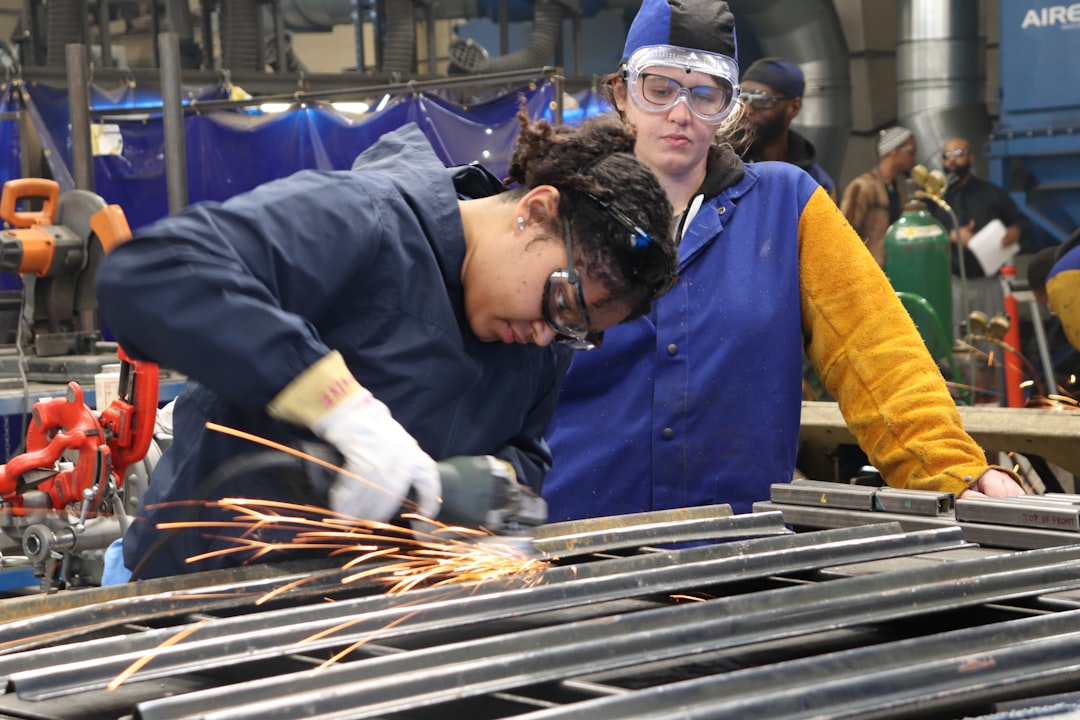What is it about?
Previous studies have suggested that community self-help in affluent populations revolves around engagement in formal community-based groups, whilst the participatory culture of deprived populations is more orientated towards informal (one-to-one) community participation.
Featured Image
Why is it important?
Reporting the findings of 861 face-to-face interviews conducted in affluent and deprived urban and rural English communities, and reading participation in community self-help through the lens of a ‘total social organisation of labour’ perspective, this article transcends this dichotomous depiction and provides a finer-grained more multilayered mapping of the multifarious varieties of community self-help and its socio-spatial variations.
Perspectives
Examines the diverse forms of labour household use to get-by in their everyday lives
Professor Colin C Williams
University of Sheffield
Read the Original
This page is a summary of: Socio-Spatial Variations in Community Self-Help: A Total Social Organisation of Labour Perspective, Social Policy and Society, June 2011, Cambridge University Press,
DOI: 10.1017/s1474746411000091.
You can read the full text:
Contributors
The following have contributed to this page










